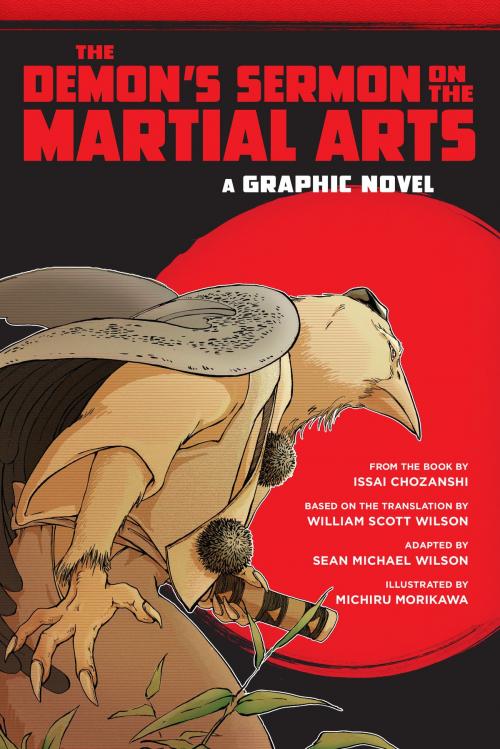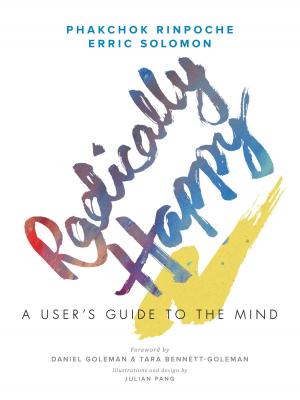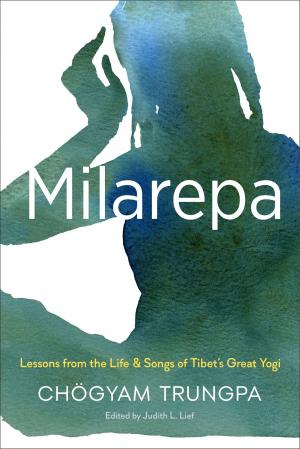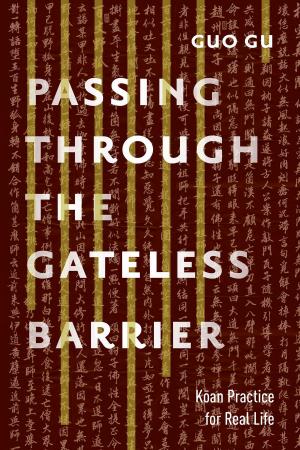The Demon's Sermon on the Martial Arts
A Graphic Novel
Nonfiction, Sports, Martial Arts & Self Defence, Comics & Graphic Novels, Manga, Historical Fiction| Author: | Issai Chozanshi, Sean Michael Wilson | ISBN: | 9780834841956 |
| Publisher: | Shambhala | Publication: | March 12, 2013 |
| Imprint: | Shambhala | Language: | English |
| Author: | Issai Chozanshi, Sean Michael Wilson |
| ISBN: | 9780834841956 |
| Publisher: | Shambhala |
| Publication: | March 12, 2013 |
| Imprint: | Shambhala |
| Language: | English |
The Demon’s Sermon on the Martial Arts is a classic collection of martial arts parables, written by Issai Chozanshi, an eighteenth-century samurai. The stories, which feature demons, insects, birds, cats, and numerous other creatures, may seem whimsical, but they contain essential teachings that offer insight into the fundamental principles of the martial arts. This graphic novel version based on Chozanshi’s text brings these tales alive in a captivating and immediately accessible way.
Infused with Chozanshi’s deep understanding of Taoism, Buddhism, Confucianism, and Shinto, the tales elucidate the nature of conflict, the importance of following one’s own nature, yin and yang, the cultivation and transformation of ch’i (life energy), and the attainment of mushin (no-mind). Ultimately, the reader learns in a visually exciting way that the path of the sword is a path of self-knowledge and leads to an understanding of life itself.
The Demon’s Sermon on the Martial Arts is a classic collection of martial arts parables, written by Issai Chozanshi, an eighteenth-century samurai. The stories, which feature demons, insects, birds, cats, and numerous other creatures, may seem whimsical, but they contain essential teachings that offer insight into the fundamental principles of the martial arts. This graphic novel version based on Chozanshi’s text brings these tales alive in a captivating and immediately accessible way.
Infused with Chozanshi’s deep understanding of Taoism, Buddhism, Confucianism, and Shinto, the tales elucidate the nature of conflict, the importance of following one’s own nature, yin and yang, the cultivation and transformation of ch’i (life energy), and the attainment of mushin (no-mind). Ultimately, the reader learns in a visually exciting way that the path of the sword is a path of self-knowledge and leads to an understanding of life itself.















